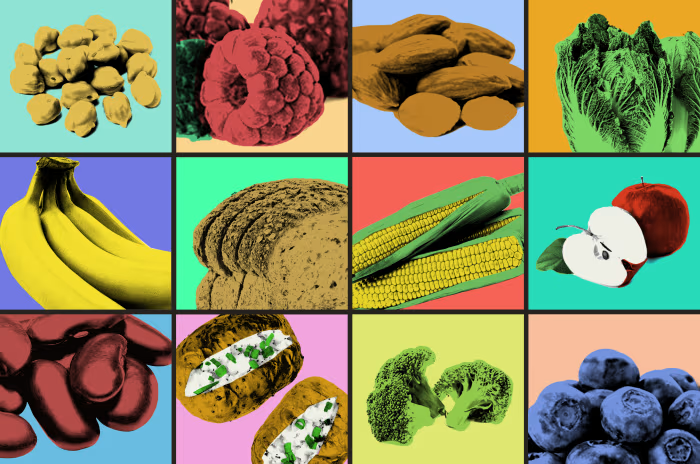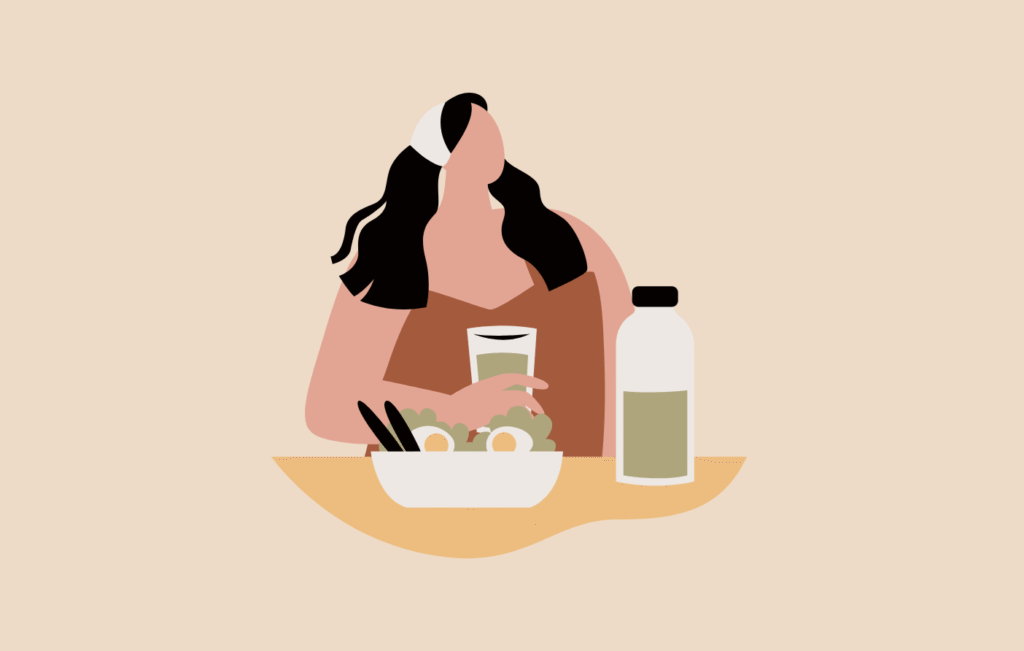it’s Emily here.
The Wall Street Journal recently published a piece that caught my attention: “Protein may be hot, but it’s fiber that Americans need to eat a lot more of.” And honestly? They’re absolutely right.
Fiber is the unsung hero of nutrition. It’s found in fruits, veggies, beans, lentils, nuts, and whole grains—and yet, according to federal data, over 90% of women and 97% of men don’t meet their daily fiber needs. Instead of the recommended 25–31 grams, the average American only eats about 15–18 grams a day.
Why Fiber Matters
Fiber does more than “keep you regular.” It:
- Lowers cholesterol.
- Stabilizes blood sugar.
- Helps you feel full (reducing the risk of obesity).
- Protects against Type 2 diabetes, heart disease, and even some cancers.
But here’s the fascinating part: fiber also feeds your gut microbiome. When gut bacteria ferment fiber, they create short-chain fatty acids—tiny molecules that calm inflammation, strengthen immunity, and even influence hormone balance.
Without enough fiber, your bacteria can actually start eating away at your gut lining, which increases inflammation throughout the body. That’s one of the reasons low-fiber diets are linked to rising chronic disease rates.
The Fiber–Probiotic Connection
So where do probiotics come in? If fiber is the food, probiotics are the residents. Without residents, the house is empty. Without food, the residents starve. You need both.
The WSJ article focused heavily on fiber, and it should. But here’s what it didn’t highlight: fiber and probiotics work best together.
- Fiber nourishes the good bacteria you already have.
- Probiotics add beneficial strains that may not be present—or that need reinforcement after stress, antibiotics, or hormonal shifts.
- Together, they support balance in the gut and vaginal microbiome.
For women, this balance is especially important. Research shows that strains like Lactobacillus rhamnosus and Bifidobacterium longum can support vaginal health, reduce bloating, and promote overall digestive comfort.
The Reality of Modern Diets
Let’s be real: even if we know fiber is essential, the modern American diet doesn’t make it easy. Ultra-processed foods, low-carb fads, and high-protein “carnivore” trends all push fiber off the plate. And while supplements can help, they often contain just one or two types of fiber—not the diversity your microbiome thrives on.
That’s why more and more people are turning to a combined approach: fiber + probiotics. Eating beans, lentils, and whole grains daily while also adding a probiotic supplement helps cover the gaps that diet alone may not fix.
My Takeaway
Fiber deserves its moment in the spotlight, no doubt. But probiotics aren’t just hype. When thoughtfully chosen and paired with a fiber-rich diet, they become powerful allies for microbiome balance, digestion, and women’s health.
So instead of asking “fiber or probiotics?” maybe the better question is:
“How can I bring fiber and probiotics together to feel my best?”
✨ This blog is sponsored by Ozelyt Nutrition. Our flagship product, Ozelyt CS 20b, features 13 researched probiotic strains (20B CFU) designed to support microbiome balance, vaginal wellness, and digestive comfort.



